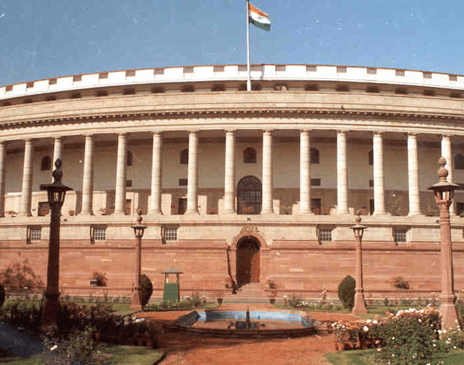Lok Sabha passes Ancient Monuments and Archaeological Sites and Remains (Amendment) Bill, 2017
Lok Sabha has passed The Ancient Monuments and Archaeological Sites and Remains (Amendment) Bill, 2017 to allow government to take up infrastructure projects within prohibited areas around protected monuments. The Bill amends the Ancient Monuments and Archaeological Sites and Remains (AMASR) Act, 1958.
AMASR Act, 1958
The AMASR Act provides for preservation of ancient and historical monuments and archaeological sites and remains of national importance. It provides for the regulation of archaeological excavations and for protection of sculptures, carvings and other like objects. It was passed in 1958. The Archaeological Survey of India functions under the provisions of this act.
The Act prohibits construction in ‘prohibited area’, an area of 100 meters around protected monument. It does not permit construction in such prohibited areas even if it is for public purposes, except under certain conditions. The central government can extend the prohibited area beyond 100 meters.
Key Features of Bill
The Bill amends provision related construction in ‘prohibited areas’ in the parent bill to permit construction of public works in ‘prohibited areas’ for public purposes. It introduces definition for ‘public works’, which includes construction of any infrastructure that is financed and carried out by central government for public purposes.
The Bill empowers central government to allow public works based on recommendation of National Monuments Authority (NMA) on application forwarded by relevant central government department, that seeks to carry out construction for public purposes in a prohibited area.
The Bill empowers NMA to consider an impact assessment of proposed public works in prohibited area, including its archaeological impact, visual impact and heritage impact. NMA will make a recommendation, for construction of public works to the central government, only if it is satisfied that there is no reasonable possibility of moving the construction outside the prohibited area.
Month: Current Affairs - January, 2018


